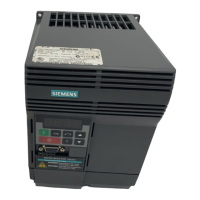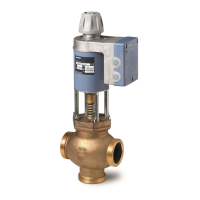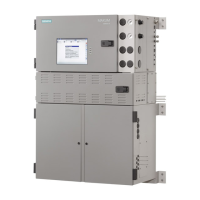Communications
11.5 Modbus RTU/ASCII Protocol
BW500 and BW500/L
Operating Instructions, 12/2016, A5E33482052-AD
141
If the numeric data type is set for integer and the value contains decimal places they are
ignored. In this situation use the decimal offset to ensure that you have an integer value and
then write your code to recognize and handle the decimal offset. Bits 9 to 11 indicate the number
of places by which the decimal is to be shifted. Bit 12 indicates the direction by which the
decimal point is shifted, left or right. For example, if the decimal offset (value of bits 9 to 11) is ‘2’
and the shift (value of bit 12 is) ‘0’, then the decimal point is shifted two places to the right.
The error codes returned in the format area are 8-bit integers found in the lowest 8 bits of the
format word. This allows for 256 potential error codes.
Currently the BW500 and BW500/L has two error codes available:
Data not available as percent (available as units)
Date and Time (R41,000 – 41,006)
1)
The date and time can be read or written in registers 41,000 to 41,006 as defined in the table
above.
Example: If you are located in Toronto, Canada and would like to set the date and time to
February 14, 1999, 1:30 p.m. and 42 seconds, you would write the following:
Note
The time zone register is used only as a reference and does not affect the operation of the
BW500.
1)
Not available with BW500/L.
Process Values (R41,010 – R41,048)
Rate, Load, Speed, and Total (R41,010 – R41,019)
The associated registers provide the readings of rate, load, and speed. Totalizer 1 and Totalizer
2 in engineering units as displayed in the local BW500 and BW500/L display.

